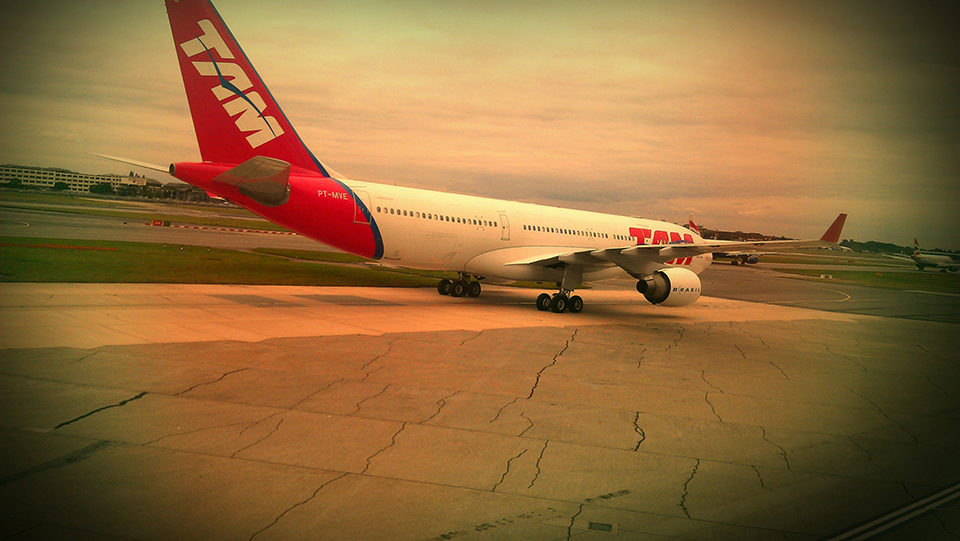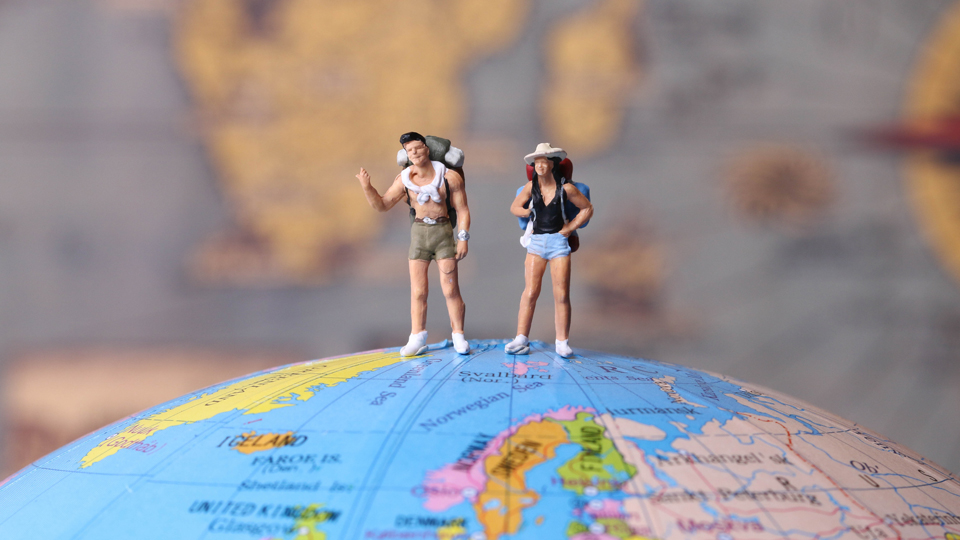
If you've been watching Netflix's thrilling new limited series "The Serpent" you're becoming familiar with the story of serial killer Charles Sobhraj. The Frenchman, both of European and Asian descent, preyed on backpackers across Southeast Asia in the mid-1970s.
He took both their money and passports, as well as their lives, to fuel his own luxurious living. The bulk of Sobhraj’s destruction took place along backpacking’s infamous 'hippie trail.' (This is the same 'hippie trail' that '80s rock band Men at Work sing about in their hit song and unofficial Australia anthem, "Down Under".)
Backpacker tourism is the kind of long-term travel that includes lots of public transport—and often hitchhiking—hostel stays, and an inevitable ‘search for authenticity.’
These days, it is often also done in conjunction with room-and-board opportunities, that include building mud-brick schoolhouses on a permaculture farm near Melbourne, Australia, or herding reindeer in Lapland.1
Though the hippie trail may have been the ultimate overland journey for alternative travelers during the 1960s and the 1970s, it is not the only one of its kind.
NOTE: This article does not include more modern-day backpacking routes like current ones that go through Europe and Africa. Though equally as popular, they don’t adhere to any particular names.
The interactive map below highlights the most three prominent backpacking trails featured. Specific routes aren't outlined (as transportation modes are constantly evolving), though the cities plotted should give an idea of the route travelers would use on their journeys. Use the left-side navigation to delve deeper.
The infamous, original Hippie Trail
Before the advent of backpacking, there was the Silk Road. It was not actually a road, but a network of silk trade routes that winded their way through Central Asia as early as ~200 BCE.
Today, it’s an official UNESCO World Heritage Site, and the basis for the infamous hippie trail.
Inspired by the history of far-flung travels, transcendental pursuits—we’re looking at you Timothy Leary and George Harrison—and an aching search for enlightenment, tens of thousands of young (and young-minded) Westerners set out to see the world in the 1960s and the 1970s.
This route often started in European cities like West Berlin and Luxembourg, going through places like Istanbul, Tehran, and Lahore before ending in Kathmandu, Colombo, or Bangkok.
Some of these spots such as the Afghani cities of Kabul and Herat would be hard-pressed to find travelers today because of the political tension in recent decades. But at the time, they were all just part of the journey.
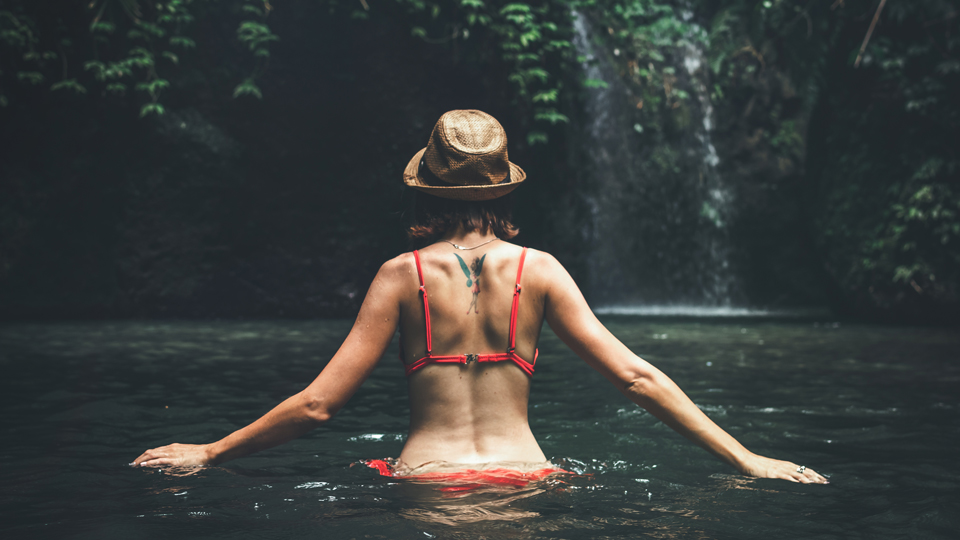
The modern backpacker today. (Artem Beliaikin / Flickr)
‘Intrepids’ (aka hippie trail travelers) could be found lounging on the beaches of Goa, India, worshiping the temples of Varanasi, or perusing the market shops of Pakistan’s Landi Kotal. Along the way they’d share rooms, hitch rides, and smoke loads of weed.
Like any good backpacking route, these wandering nomads had access to restaurants, cafes, and shops that catered specifically to Westerners. They’d stop in well-known watering holes like ‘The Pudding Shop’ in Istanbul, leaving information for other backpackers they’d planned to cross paths with a few months down the road in Delhi or Dhaka.
But with the onset of both the Iranian Revolution and the Soviet Union’s Invasion of Afghanistan in 1979, Western travelers had to find other routes to satiate their globetrotting appetites.
However, many of the stops along the way including Istanbul’s Pudding Shop and Kathmandu’s Jhochhen Tole (nicknamed ‘Freak Street’ for its souvenir shops, trekking agencies, and backpacker eateries) still exist today.
Go east for the Banana Pancake Trail
Anyone who has spent time backpacking through Southeast Asia over the past couple of decades is likely familiar with the ‘delicacy’ for which this metaphorical route is named.
The Banana Pancake Trail doesn’t follow any specific route. Instead, it refers to a series of travelers’ circuits around Southeast Asia and South Asia.
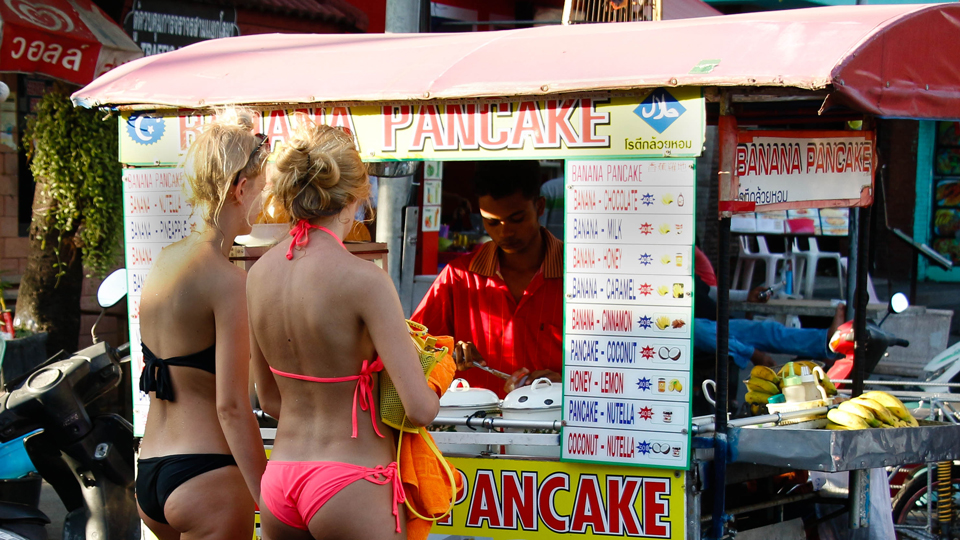
Banana Pancakes, anyone. (Mussi Katz / Flickr)
(Banana pancakes are crepe-like eats filled with sweet bananas. Catered toward Western tourists, they originated in cities like Bangkok, Phnom Penh and Luang Phrabang. In 2003, I experienced them first-hand in Chiang Mai, Thailand, another well-trodden stop along the so-called Banana Pancake Trail. They appealed to my palate, as did the city itself.)
Similar to the hippie trail, backpackers tend to make stops in Nepal’s bustling capital city, Kathmandu, as well as various spots throughout Thailand.
There’s also the island of Ko Pha Ngan, known for its legendary full-moon party (Covid may have thwarted this for the time being), along with what could easily be considered the trail’s epicenter, Bangkok’s Khaosan Road.
This chaotic hub for Westerners is still the place for picking up bootlegged CDs and haggling for Thai paintings. But it’s also where you’re likely to spot that former high school classmate rumored to be living in a Nepalese monastery.
‘Banana Pancake’ travelers are known for trekking among Northern Thailand’s hill tribe villages (check!), gawking at the jungly ruins of Angkor Wat, and perusing the beaches of Bali. You also might see them tubing down Laos’ Nam Song River or touring the Vietnamese countryside via motorbike.
If it’s listed in a Lonely Planet travel guide, even better.
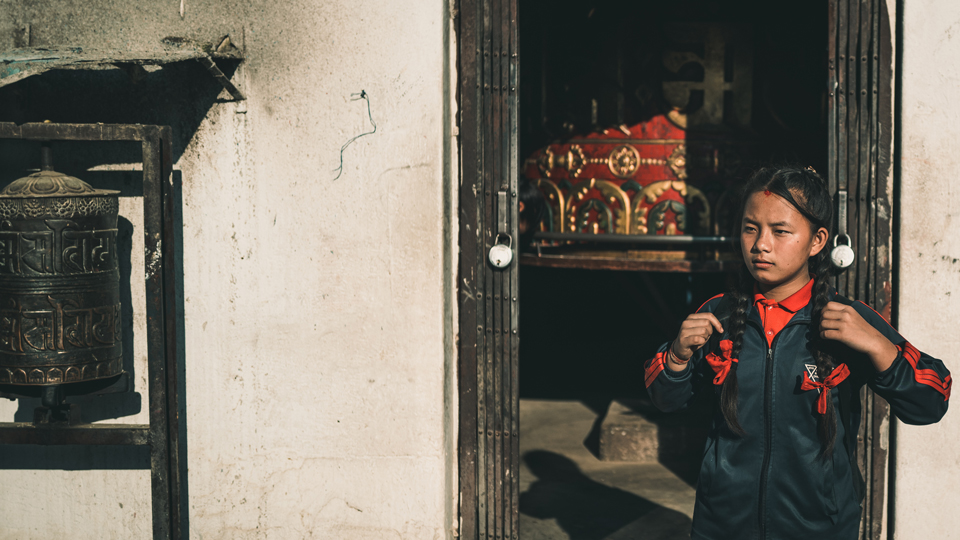
Kathmandu stop is a prerequisite. (Mondo79 / Flickr)
Head south for the Gringo Trail
The classic Gringo Trail refers to a Latin American backpacking route that loosely follows the Pan American Highway. This network of roads connects the Americas from Alaska up north to Chile’s southern tip.
Westerners tend to start the ‘trail’ in Mexico and continue south, stopping to sample various mole sauces in Oaxaca, Mexico, try their hand at surfing in Salvadorian coastal towns like Playa Las Flores and La Libertad, but not before mingling with three-toed sloths in Costa Rica's Manuel Antonio National Park.
Once travelers cross the notorious Darién Gap (known as a lawless place of drug traffickers, unmarked trails, and venomous wildlife ranging from pit vipers to black scorpions, flying is definitely the way to go) between Panama and Colombia, they follow South America’s Pacific coast downward.
This scenic route ends up making its way through spots like Colombia’s Cartagena, a port city filled with stunning Spanish colonial architecture, and the sky-high locales of Ecuador’s Quito, Peru’s Cuzco, and Bolivia’s La Paz.
Peru’s fabled ‘lost city’ of Machu Picchu, Chile’s magnificent Torres del Paine National Park, with its hikeable glaciers and soaring granite peaks, and Ecuador’s Galapagos Islands, a hotbed of blue-footed boobies and curious sea lions, are all part of the trail’s allure.
In fact, the Gringo Trail traverses 13 different countries and encompasses some of Latin America’s most iconic attractions, making it a popular route for seeing most of South America.
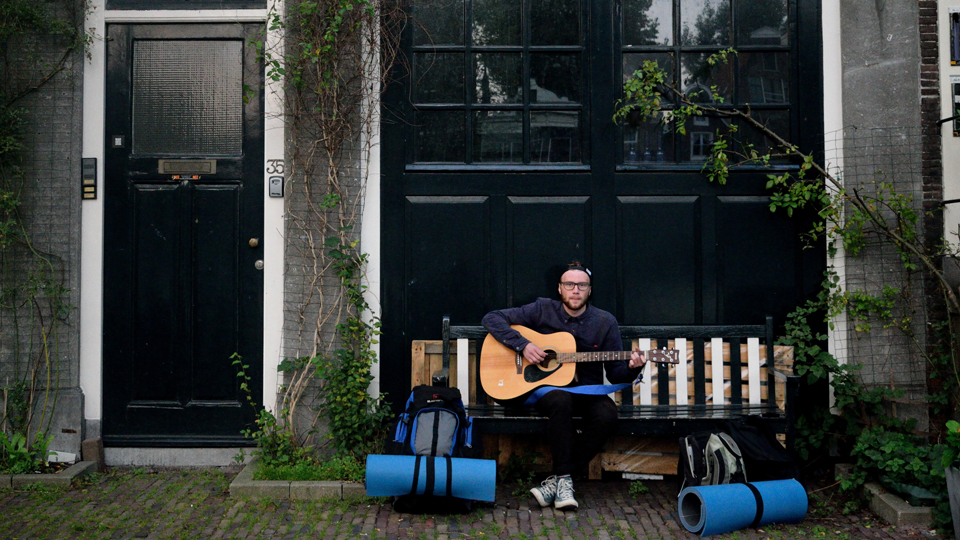
Guitar required. (Mykyta Nikiforov / Flickr)


